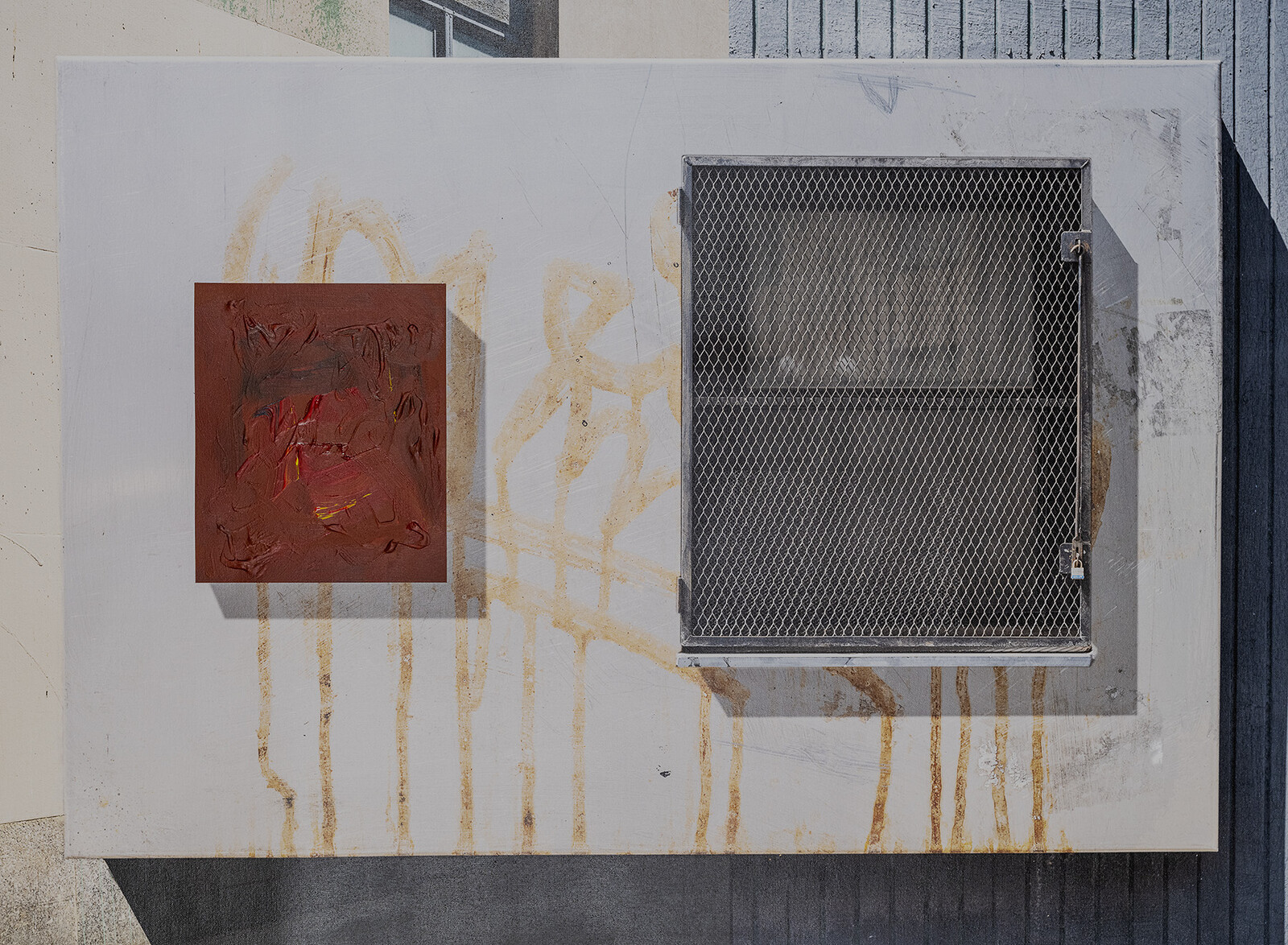Jay Chung & Q Takeki Maeda: GNOMONS
July 14–November 24, 2024
Im Volksgarten
CH - 8750 Glarus
Switzerland
Hours: Wednesday–Friday 12–6pm,
Saturday–Sunday 11am–5pm
T 41 0 55 640 25 35
office@kunsthausglarus.ch
John Miller: The Ruin of Exchange
The Ruin of Exchange presents a selection of John Miller’s artwork ranging from 1994 to the present. Miller employs a wide variety of materials and media, making it difficult to pin him down to a particular or artistic style. And yet his work is highly influential, even though its mutability and limiting of personal gestures possibly best express a certain recognizable quality. Because Miller calls into question art’s aspirations to transcend its subject matter, this persistent manner of impersonality has become the defining feature of his practice. His work conforms neither to the mocking irony of postmodernism nor the overweening authenticity of modernity. How better to dispassionately portray the real than to minimize these sentiments?
The relationship between Miller’s art practice and the social and institutional factors that shape the art world has been persistent, and it carries over unabated into his art and writings. Fundamental to Miller’s discriminating point of view is understanding art as commodities with an arbitrary value related to the vagaries of the market and public space. Miller reveals an interest in everyday modes that often go undetected. Like other material conditions in which people find themselves, consumption and structurally determined ideologies form and shape consciousness of reality. The world that the human subject constructs is the one it must inhabit.
The exhibition’s title, The Ruin of Exchange reflects these issues. On the one hand, the ruin is the ultimate allegorical trope. On the other, exchange is something that necessarily unfolds in space. Capital can’t exist in a vacuum. And if you don’t take space into account, you lapse into idealist abstractions. So, material exchange happens spatially. In The Ruin of Exchange, Miller’s new and old works both indirectly allude to how the term “ruin” suggests that exchange or exchange value fails us in some ways—or is a kind of holdover from some prior constellation.
A brochure featuring an interview with John Miller by Melanie Ohnemus will accompany the exhibition.
Jay Chung & Q Takeki Maeda: GNOMONS
GNOMONS, an exhibition of new works by Jay Chung and Q Takeki Maeda at Kunsthaus Glarus, revisits an artistic approach employed in the 1980s and 1990s, most prominently by artists such as Janine Antoni, Felix Gonzalez-Torres, and Roni Horn. Defying clichés of artistic originality, these artists intentionally adopted the formal language of the more established, institutionally recognized artists associated with minimalism. By mimicking “classically ‘straight’ aesthetic genres,” they sought, “to infiltrate the exclusive structures of a majoritarian art sphere that was effectively predicated upon their exclusion.”
For Chung and Maeda, this strategy continues in the present, albeit as convention, a mainstay within the prevailing representational conditions facing artists today. The subversiveness of the work of the artists of the eighties and nineties has become codified in a dualistic form, in which an artist’s practice is held to be rooted simultaneously in their own subject position and a historically recognized artistic style. In this context, GNOMONS straddles both and yet neither, relying instead on the misidentifications of racial stereotyping and the ambiguity of objects of indeterminate artistic value.
Born in Madison, Wisconsin, and Nagoya, Japan, Chung and Q Takeki Maeda have collaborated since 2003. Their work has been described as addressing “the post-conceptual condition,” which refers not to “the name for a particular type of art, so much as the historical-ontological condition for the production of contemporary art in general.” In recent solo exhibitions, Chung and Maeda have focused on how socially constructed, “quasi-institutional” narratives, both real and imagined, are employed in the production, consumption, and distribution of art. These include: The Auratic Narrative, Cologne Kunstverein, New Images, House of Gaga, and Dull and Bathos, Galerie Francesca Pia. Exhibitions of their work have also been presented at Maxwell Graham/Essex Street, New York, statements, Tokyo, 356 Mission, Los Angeles, and in group shows at galleries and museums.
Curated by Melanie Ohnemus.




